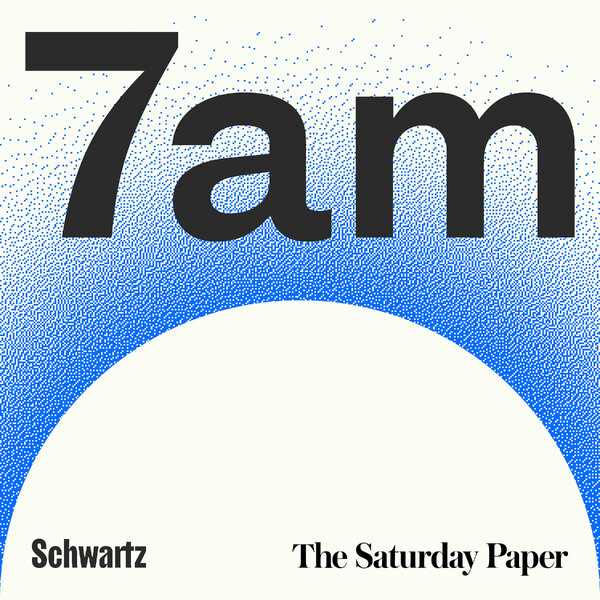
It’s not you. It’s biology.
It is true of families and offices everywhere that “night owls” hate “early birds” and “early birds” hate “night owls”. Is it also true that people who are chipper all the live-long day grind universal gears, and that people who are tired all day hate everyone and everything.
What you might not know is that the concept of the “night owl” and the “early bird” is verified by science. Scientists have long known about the two chronotypes that create this effect: either you have the chronotype that makes you more energetic in the morning, or you have the chronotype that withholds all of your best ideas until the evening.
Until now, those who lie on either side of this – who are either have no energy or too much energy – had no scientific validation. They were chronotypical outcasts.
But no longer. Scientists in Russia have discovered that there are not two but four different chronotypes. We now know that there are people who, thanks (or no thanks) to their biological programming, have drawn the short straw.

The study, conducted at the Siberian Branch of the Russian Academy of Sciences (you could wear yourself out just saying that), asked 130 participants to stay awake for 24 hours. The participants were then asked to fill out a questionnaire asking them about their energy levels, their sleep patterns and how well they had functioned in the week preceding the study.
Out of 130, 29 were “morning people” – showing more energy at 9am than 9pm – and 44 were “night owls”, whose energy levels were the opposite. Which left 73 people who were neither.
According to the BPS Research Digest:
“There was a “high energetic” group of 25 people who reported feeling relatively sprightly in both the morning and evening; and a “lethargic” group of 32 others, who described feeling relatively dozy in both the morning and evening.”
Not only did this study give the lethargic among us a solid scientific reason for our slothful ways, it also proved that “early birds” are a definite minority. Which, thank god for that.

Image: Disney




















